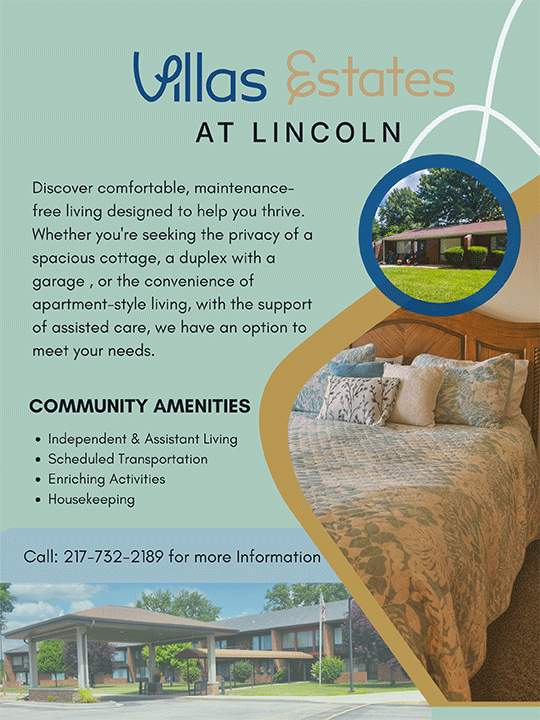Rhode Island firefighters rescue a yellow Lab from an icy pond on New
Year's Day
[January 02, 2026]
WESTERLY, R.I. (AP) — A yellow Labrador out for a walk with his
owner in Rhode Island had to be rescued by firefighters on New Year's
Day after he wandered onto a thin layer of ice covering a pond and fell
through the center.
According to the Misquamicut Fire Department, volunteer firefighters and
other emergency officials were dispatched early Thursday morning for a
water rescue. Once on scene, firefighters saw a dog named Phoenix
struggling and unable to move to shore in the slushy, icy water. |

In this photo provided by the Misquamicut Fire Department, Phoenix, a
yellow Labrador, is rescued by firefighters in Westerly, R.I., on
Thursday, Jan. 1, 2026, after falling through thin ice on a pond. (Misquamicut
Fire Department via AP) |
|
Members from both the Misquamicut and Watch Hill fire
departments donned ice rescue suits, which help protect the body
from frigid temperatures, to enter the pond and successfully
rescue Phoenix. The National Weather Service reported it was 26
degrees Fahrenheit around 9 a.m. on Thursday, with the wind
chill dropping the temperature to 14 degrees.
“It was the chillest dog I've ever seen in my life,” said Steve
Howard, deputy chief of the Misquamicut Fire Department, in a
phone interview on Friday. “The dog never made a sound. He was
pretty chill.”
While the firefighters were evaluated for possible hypothermia,
they did not require treatment. The fire departments described
the incident as “a successful first call of 2026," in a
statement posted on Facebook.
Phoenix was also declared free of injuries, but Howard made sure
to check in with his owner later Thursday.
“He got a little bit of extra food last night,” Howard said.
“And he took a little nap.”
The incident served as a reminder to treat all ice as
potentially dangerous, particularly over bodies of water, the
fire department warned.
“No ice is ever safe. Our firefighters train extensively for
cold water and ice rescues, but these situations are extremely
dangerous,” the fire department said.
All contents © copyright 2026 Associated Press. All rights
reserved |
|
|




